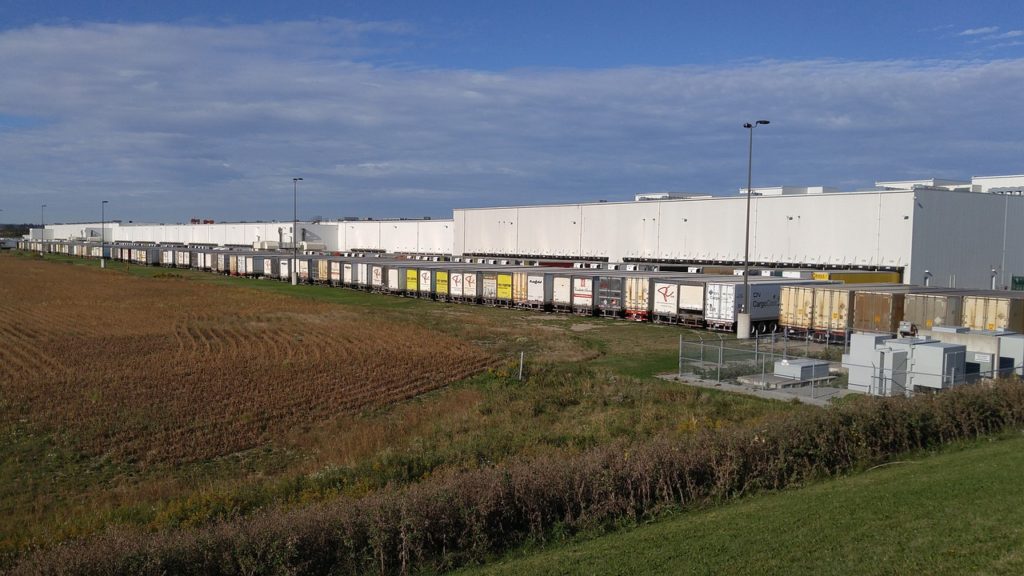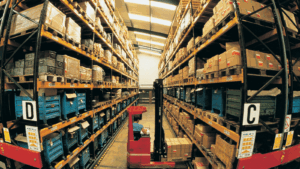How do you manage logistics flows?
Flows are at the very heart of a company's logistics activity. Optimizing the chain is essential to the long-term success of the business. Here are the 4 main types of flow that a logistics chain can manage, and their role in its strategy.
What is flow in logistics?
In logistics, the term "flow" refers to the various stages through which a product passes: production, storage, transport, order preparation, distribution and marketing. The logistics chain that manages these different flows is known as the supply chain. To achieve an optimized supply chain, it's important to choose the right type of flow according to the needs and response capacities of the supply chain.
Pull flow: the logistics of reality
Pull flow is a type of flow that uses actual demand to determine the stocks to be managed by the supply chain. The idea is to be able to adapt logistics rapidly to real needs on the ground. The advantage of pull flow for good business management is that it avoids the need to stock large quantities of inventory. This flow strategy reduces costs. It does, however, require a solid supply chain to ensure that real demand is met as quickly as possible.
Just-in-time: emergency logistics
Just-in-time management is a management method that enables goods to be produced and transported just when they are needed. It has the same advantages as pull flow management. However, it requires a far greater capacity for adaptation, as there is little room for maneuver.

Push flow: foresighted logistics
The third of the 4 logistics flows is the so-called push flow. In this management mode, actual demand is not the basis for stock sizing. Instead, a production plan is drawn up based on the company's theoretical requirements. This flow management method gives the company greater room for manoeuvre, as there is less risk of finding itself in a situation where production does not keep pace with demand. On the other hand, the company incurs additional costs in terms of production and inventory management.
Synchronous flow: rational logistics
The fourth flow that can be managed by the supply chain is the synchronous flow. This involves delivering the various components required for production in the order in which they are used. The components used first are delivered first, and vice versa. The transport chain follows the production chain. Once again, this management strategy minimizes storage costs.
Logistics flows differ according to the company's chosen strategy. Choosing between pull flow, just-in-time flow, push flow and synchronous flow requires a good understanding of the company's needs, excellent coordination between different departments and good communication.
As a reminder, opt to rent your materials handling equipment to meet your occasional needs, and always have access to state-of-the-art, well-maintained equipment.









